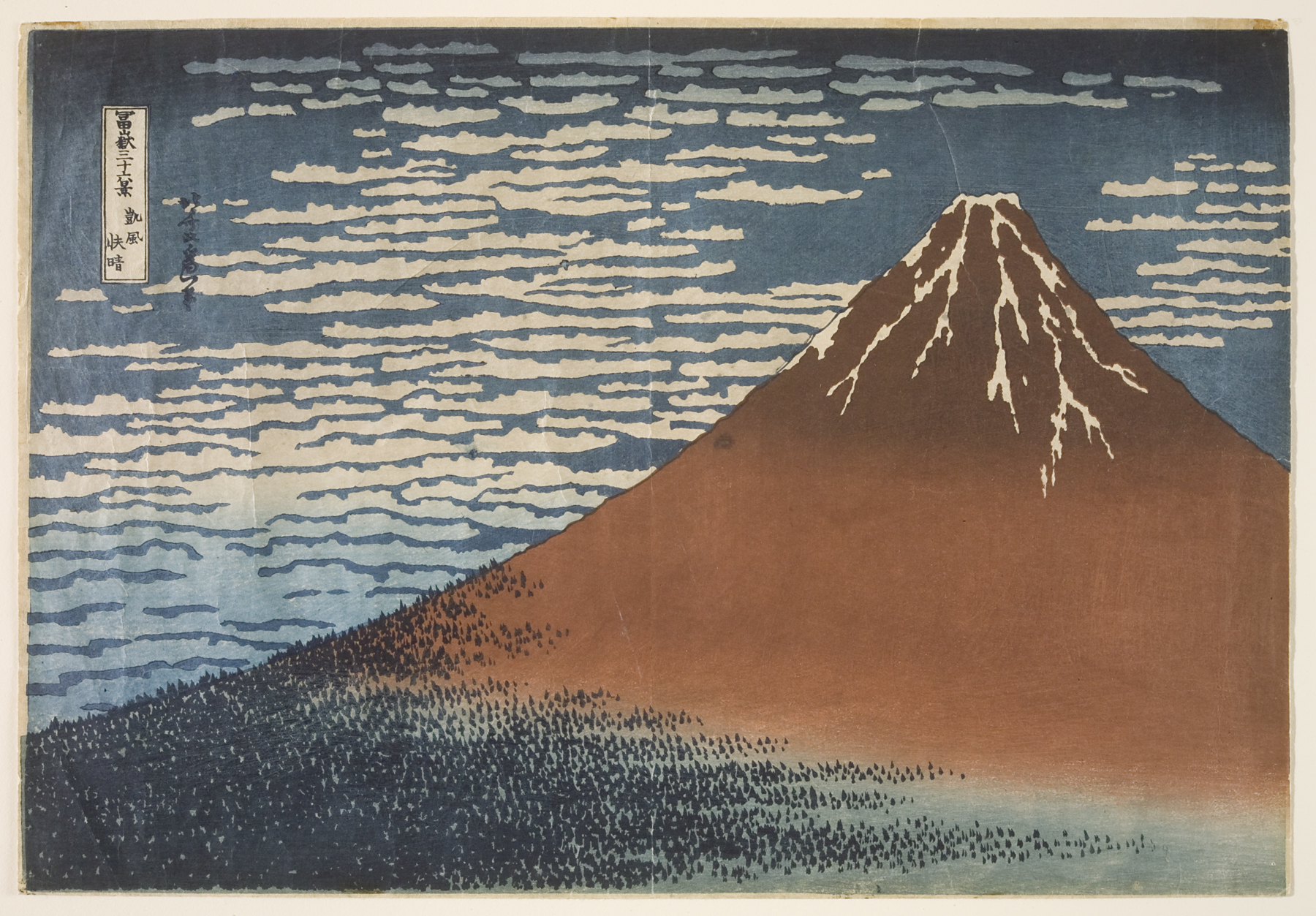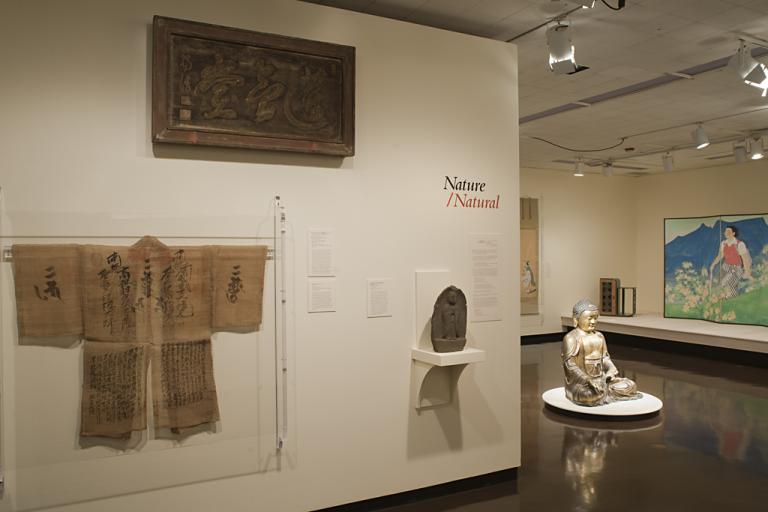凱風快晴 (The South Wind brings Fine Weather), Katsushika Hokusai
Artwork Overview
Katsushika Hokusai, artist
1760–1849
凱風快晴 (The South Wind brings Fine Weather),
circa 1831, Edo period (1600–1868)
Portfolio/Series title: 富岳三十六景 Fugaku sanjūrokkei (Thirty-six Views of Mt. Fuji)
Where object was made: Japan
Material/technique: color woodcut
Dimensions:
Image Dimensions Height/Width (Height x Width): 258 x 379 mm
Image Dimensions Height/Width (Height x Width): 10 3/16 x 14 15/16 in
Sheet/Paper Dimensions (Height x Width): 261 x 380 mm
Sheet/Paper Dimensions (Height x Width): 10 1/4 x 14 15/16 in
Mat Dimensions (Height x Width): 14 x 19 in
Image Dimensions Height/Width (Height x Width): 258 x 379 mm
Image Dimensions Height/Width (Height x Width): 10 3/16 x 14 15/16 in
Sheet/Paper Dimensions (Height x Width): 261 x 380 mm
Sheet/Paper Dimensions (Height x Width): 10 1/4 x 14 15/16 in
Mat Dimensions (Height x Width): 14 x 19 in
Credit line: William Bridges Thayer Memorial
Accession number: 1928.7791
Not on display
If you wish to reproduce this image, please submit an image request







